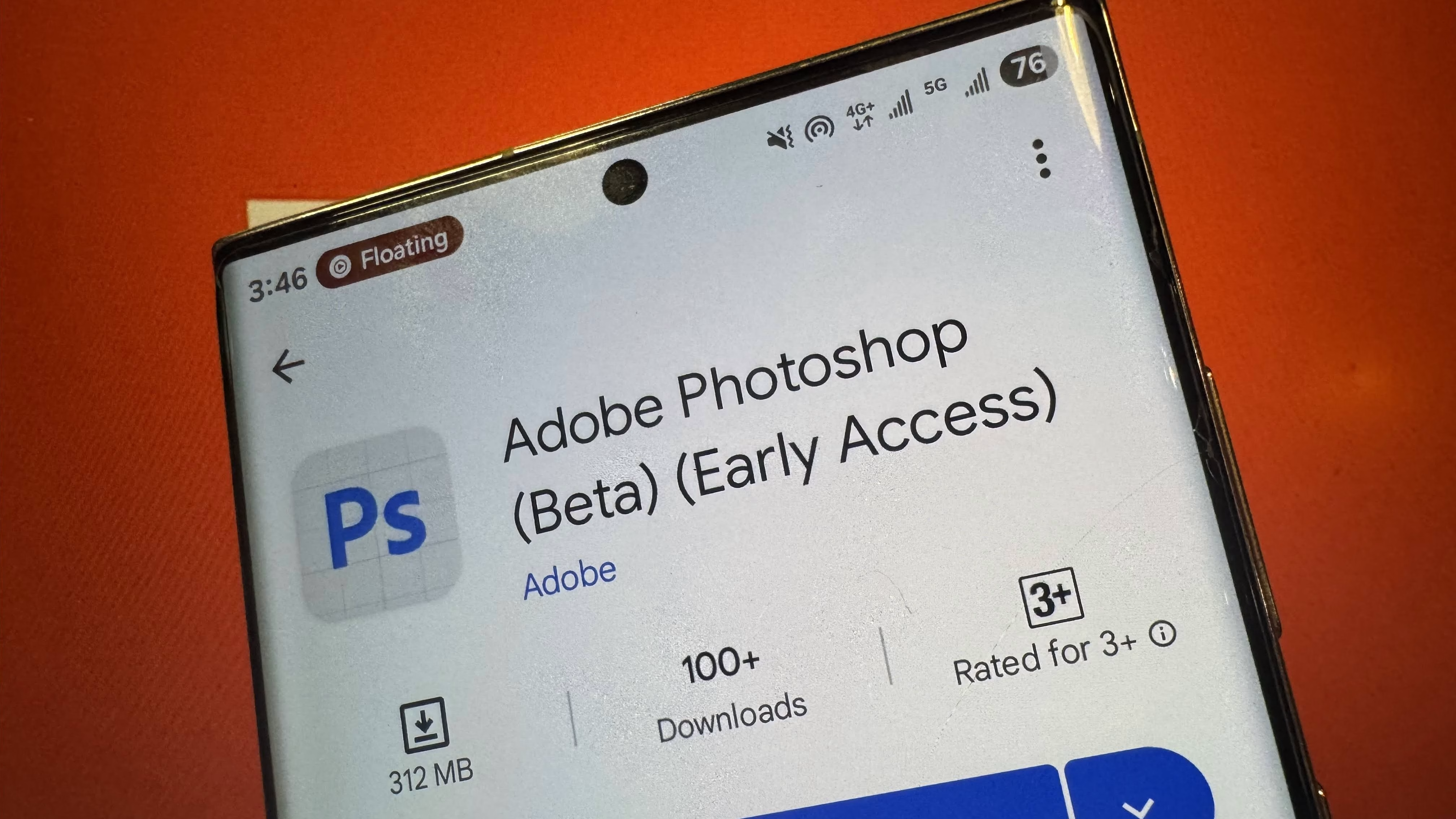Adobe Unleashes Photoshop for Android: A Free Beta That Could Reshape Mobile Creativity
Well, folks, it finally happened. After what felt like an eternity for Android users, Adobe has officially launched the beta version of Photoshop for Android, and here's the kicker: it's available for free on the Google Play Store . This isn't just another app; it's a significant expansion of Adobe's mobile creative suite, following the iOS version's debut earlier this year . For anyone who's ever tried to do serious image work on a phone, this is a pretty big deal.
The announcement came on June 3, 2025, and the tech world, particularly the Android community, has been buzzing ever since . It feels like a pivotal moment, doesn't it? We've seen a steady march towards more powerful mobile devices, but often the software has lagged behind. Now, with Photoshop in our pockets, the game changes.
What's Under the Hood? Professional Tools on the Go
Think about it: layers for non-destructive editing, masking for precise selections – these are the bread and butter of professional image manipulation. Having them readily available on your Android device means you can start a project on your phone, make significant edits on the fly, or even complete entire compositions without needing to rush back to a desktop. Android Central really hit the nail on the head when they emphasized the app's readiness for on-the-go editing . For creatives who are constantly moving, or those in regions where mobile is the primary computing device, this is huge. It's like having a digital darkroom in your pocket, ready whenever inspiration strikes.
Shifting Sands: Market Dynamics and User Excitement
The immediate reaction has been overwhelmingly positive. Social media, particularly platforms like X, lit up with excitement and rapid engagement following the launch . It's clear there's been a pent-up demand for professional-grade editing tools on Android, and Adobe has tapped into that perfectly. Community forums and tech blogs are filled with users, especially those in creative fields, expressing their relief and enthusiasm for a robust solution finally arriving on their preferred mobile platform .
From an industry perspective, tech analysts are already praising Adobe's strategic move. It's a smart expansion into the mobile market, one that could significantly increase their user base, especially in places where Android dominates the smartphone landscape, like Asia and parts of Europe . This isn't just about convenience; it's about democratizing access to powerful creative tools. Imagine the impact in areas with high mobile usage for professional work, such as India or Southeast Asia, where this launch could genuinely boost productivity for mobile creatives . And let's be honest, it puts a bit of pressure on competitors to step up their own mobile offerings, which can only lead to a more competitive and innovative market for everyone. It's a win-win, really.
The Price of Power: Beta, Subscriptions, and the Road Ahead
Now, let's talk about the "free" part. It's a fantastic draw, no doubt. PCMag highlighted that all premium features are free for a limited time . This is a classic Adobe strategy, isn't it? Get users hooked, let them experience the full power, and then transition them to a subscription model. Android Police was quick to note this potential future pricing model, and it's something we absolutely need to keep an eye on .
While the free beta period is a brilliant way to drive adoption and gather crucial feedback, the eventual shift to a subscription will be the true test of its long-term success. Will users, especially those who've been waiting so long for this, be willing to pay for it? My gut tells me many will, particularly professionals who rely on these tools. But it's a delicate balance. Adobe needs to ensure the value proposition remains strong enough to justify the cost once the free ride is over. This transition will be critical in maintaining user engagement and ensuring the app's sustained growth. It's a common dance in the software world, and Adobe's pretty good at it.
A New Era for Mobile Creativity?
Adobe's launch of Photoshop for Android, particularly in its free beta form, truly marks a pivotal moment for mobile creativity. The immediate, overwhelmingly positive community response and the strategic implications highlighted by experts suggest a very positive reception . It's not just about editing photos; it's about empowering a new generation of mobile-first creatives and expanding the possibilities of what can be achieved on a smartphone.
As Adobe navigates the transition from a free beta to a potential subscription model, the industry will be watching closely. How they manage this shift will determine not only the app's success but also its broader impact on user behavior and the competitive landscape of mobile creative tools. One thing's for sure: the future of mobile image editing just got a whole lot more interesting.
